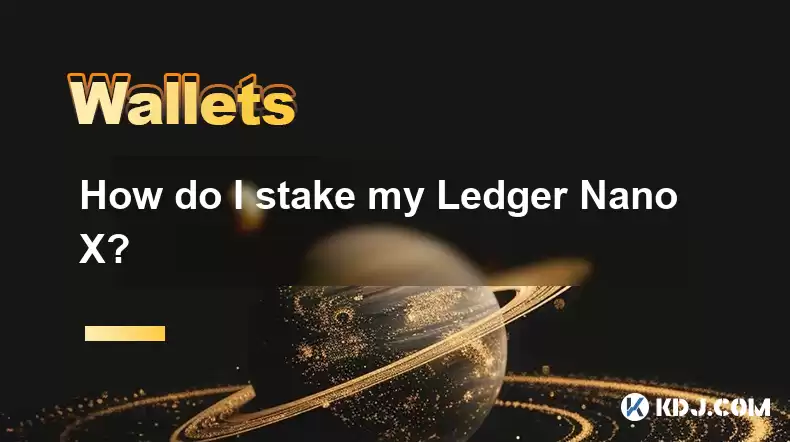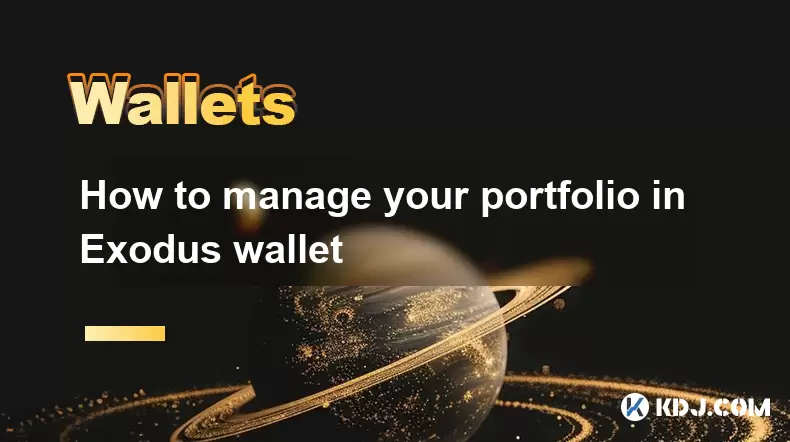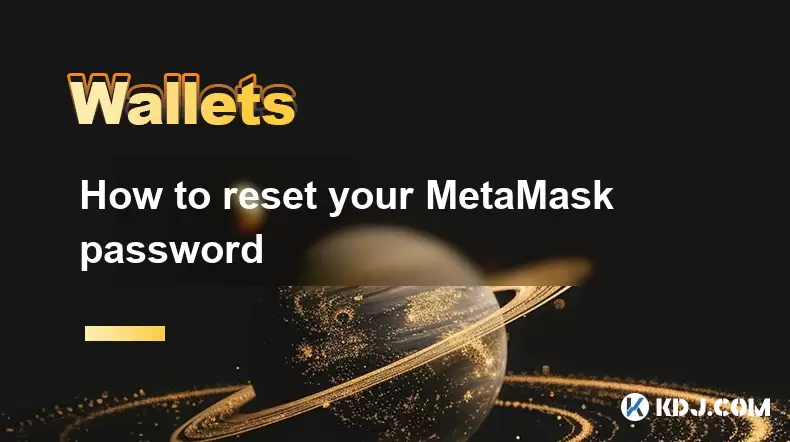-
 Bitcoin
Bitcoin $119000
-2.21% -
 Ethereum
Ethereum $4315
1.01% -
 XRP
XRP $3.151
-3.11% -
 Tether USDt
Tether USDt $0.0000
0.00% -
 BNB
BNB $808.5
-0.71% -
 Solana
Solana $175.8
-4.21% -
 USDC
USDC $0.9999
0.00% -
 Dogecoin
Dogecoin $0.2250
-3.92% -
 TRON
TRON $0.3469
1.77% -
 Cardano
Cardano $0.7818
-3.81% -
 Chainlink
Chainlink $21.47
-2.10% -
 Hyperliquid
Hyperliquid $43.30
-6.81% -
 Stellar
Stellar $0.4370
-2.84% -
 Sui
Sui $3.682
-4.40% -
 Bitcoin Cash
Bitcoin Cash $590.8
2.67% -
 Hedera
Hedera $0.2484
-5.20% -
 Ethena USDe
Ethena USDe $1.001
0.00% -
 Avalanche
Avalanche $23.10
-4.29% -
 Litecoin
Litecoin $119.2
-3.96% -
 Toncoin
Toncoin $3.409
0.90% -
 UNUS SED LEO
UNUS SED LEO $9.016
-1.29% -
 Shiba Inu
Shiba Inu $0.00001304
-3.82% -
 Uniswap
Uniswap $11.18
1.33% -
 Polkadot
Polkadot $3.913
-3.51% -
 Cronos
Cronos $0.1672
-3.08% -
 Dai
Dai $1.000
0.02% -
 Ethena
Ethena $0.7899
-4.70% -
 Bitget Token
Bitget Token $4.400
-1.23% -
 Pepe
Pepe $0.00001132
-5.93% -
 Monero
Monero $257.9
-6.44%
How do I stake my Ledger Nano X?
Staking crypto with Ledger Nano X offers passive income but requires secure external platforms; always prioritize security and research platforms thoroughly.
Mar 29, 2025 at 09:15 pm

Staking cryptocurrencies offers a passive income stream, but securing your assets is paramount. The Ledger Nano X, a hardware wallet, provides a secure environment for managing your crypto holdings, including staking certain coins. However, the process isn't directly through the Ledger device itself; it requires interaction with external platforms. This article details how to stake cryptocurrencies securely using your Ledger Nano X.
Understanding Ledger Nano X and Staking
The Ledger Nano X is a hardware wallet, meaning it stores your private keys offline, protecting them from online threats like phishing and malware. This is crucial for staking because staking involves revealing your private keys to a validator node, even temporarily. The Ledger Nano X doesn't have a built-in staking feature; it acts as a secure key storage device for interacting with staking platforms. You'll use your Ledger Nano X to sign transactions on external staking services.
Choosing a Staking Platform
Selecting a reputable staking platform is critical. Research thoroughly before committing your funds. Consider factors like:
- Reputation and security: Look for platforms with a proven track record and robust security measures.
- Staking rewards: Compare the annual percentage yield (APY) offered by different platforms.
- Supported coins: Ensure the platform supports the cryptocurrency you wish to stake.
- Fees: Understand all associated fees, including transaction fees and withdrawal fees.
Avoid platforms with questionable reputations or those promising unrealistically high returns.
Connecting Your Ledger Nano X to a Staking Platform
The exact steps vary depending on the chosen platform, but the general process involves:
- Installing the necessary application: You'll need to install the appropriate cryptocurrency application on your Ledger Nano X. For example, to stake ETH2, you'll need the Ethereum application.
- Connecting your Ledger: Connect your Ledger Nano X to your computer using a USB cable. The chosen staking platform will guide you through the connection process.
- Authorizing transactions: The platform will request you to authorize transactions on your Ledger Nano X by pressing the buttons on the device. This ensures that only you can control your funds.
- Delegating your stake: Once connected, follow the platform's instructions to delegate your cryptocurrency for staking. This involves choosing a validator node to delegate your stake to.
Remember to always double-check the addresses and amounts before authorizing any transactions.
Staking Different Cryptocurrencies with Your Ledger Nano X
Different cryptocurrencies have different staking mechanisms. Some platforms support multiple coins, while others focus on a specific blockchain. Research the specific requirements for the coin you wish to stake. For example, staking ETH2 requires a different process than staking Cosmos (ATOM). Always consult the official documentation of both your chosen cryptocurrency and the staking platform.
Security Best Practices When Staking with Your Ledger Nano X
Even with a hardware wallet, maintaining robust security practices is essential.
- Use strong passwords: Create a complex and unique password for your Ledger Live account.
- Regularly update firmware: Keep your Ledger Nano X firmware updated to benefit from the latest security patches.
- Verify platform legitimacy: Always double-check the URL and legitimacy of any platform before connecting your Ledger.
- Beware of phishing scams: Be cautious of suspicious emails or websites claiming to be associated with your chosen staking platform.
- Never share your seed phrase: Your seed phrase is the key to accessing your funds. Never share it with anyone, under any circumstances.
Troubleshooting Common Issues
- My Ledger Nano X isn't recognized: Ensure your Ledger is properly connected to your computer and that the correct drivers are installed.
- Transaction failed: Check your internet connection and ensure sufficient funds for transaction fees. Double-check the address and amount before confirming the transaction on your Ledger.
- Low staking rewards: Staking rewards can fluctuate depending on network conditions and the number of validators.
- Unable to connect to the staking platform: Check your internet connection and the platform's status page for any outages or maintenance.
Frequently Asked Questions
Q: Can I stake any cryptocurrency with my Ledger Nano X?
A: No, not all cryptocurrencies support staking. Furthermore, even for those that do, the Ledger Nano X doesn't directly support staking. You need to use a compatible third-party staking platform.
Q: Is staking with a Ledger Nano X risk-free?
A: While using a Ledger Nano X significantly reduces risk compared to software wallets, it doesn't eliminate all risks. The chosen staking platform could be compromised, or unforeseen issues could arise within the blockchain.
Q: What happens if the staking platform goes bankrupt?
A: Your cryptocurrency is usually not directly held by the platform. You delegate your stake to a validator, and the platform acts as an intermediary. However, the platform's bankruptcy could impact access to your funds or the ability to unstake them. Thorough due diligence on the platform is crucial.
Q: How do I unstake my cryptocurrency?
A: The process for unstaking varies depending on the cryptocurrency and platform. Consult the platform's documentation for instructions on how to unstake your cryptocurrency and withdraw your funds. This process often takes time.
Q: Are there fees associated with staking with my Ledger Nano X?
A: Yes, there are typically fees associated with staking. These include transaction fees for delegating your stake, unstaking, and potentially withdrawal fees from the platform itself. These fees vary depending on the platform and network congestion.
Disclaimer:info@kdj.com
The information provided is not trading advice. kdj.com does not assume any responsibility for any investments made based on the information provided in this article. Cryptocurrencies are highly volatile and it is highly recommended that you invest with caution after thorough research!
If you believe that the content used on this website infringes your copyright, please contact us immediately (info@kdj.com) and we will delete it promptly.
- Bitcoin, CPI, and Market Fears: Navigating the Crypto Landscape
- 2025-08-12 15:10:13
- BTC Traders Eye ETH Targets as CPI Looms: A New York Minute
- 2025-08-12 15:10:13
- Ethereum, Cold Wallets, and Presales: What's Hot Now?
- 2025-08-12 15:30:12
- Bitcoin, XRP, and Monetary Alternatives: Navigating the Crypto Landscape in 2025
- 2025-08-12 15:30:12
- XRP Breakout Watch: Institutional Volume Signals Potential Surge
- 2025-08-12 15:35:19
- XRP, Market Cap, and Institutional Adoption: A New Era for Crypto?
- 2025-08-12 15:35:19
Related knowledge

How to manage your portfolio in Exodus wallet
Aug 08,2025 at 10:07pm
Understanding the Exodus Wallet InterfaceThe Exodus wallet is a non-custodial cryptocurrency wallet that supports a wide range of digital assets. When...

How to reset your MetaMask password
Aug 08,2025 at 01:28pm
Understanding the MetaMask Password Reset ProcessMany users confuse the MetaMask password with the seed phrase or private key, but they serve differen...

How to buy Dogecoin on MetaMask
Aug 08,2025 at 03:42am
Understanding Dogecoin and MetaMask CompatibilityDogecoin (DOGE) is a popular meme-based cryptocurrency that operates on its own blockchain, originall...

How to switch between networks in Trust Wallet
Aug 09,2025 at 11:07am
Understanding Network Switching in Trust WalletSwitching between networks in Trust Wallet allows users to manage assets across different blockchains, ...

How to set up Face ID for MetaMask
Aug 12,2025 at 02:42am
Understanding Face ID and Its Role in MetaMask SecurityMetaMask is a widely used cryptocurrency wallet that allows users to interact with the Ethereum...

How to set up Face ID for MetaMask
Aug 11,2025 at 09:28am
Understanding Face ID and Its Role in MetaMask SecurityFace ID is a biometric authentication system developed by Apple that uses facial recognition to...

How to manage your portfolio in Exodus wallet
Aug 08,2025 at 10:07pm
Understanding the Exodus Wallet InterfaceThe Exodus wallet is a non-custodial cryptocurrency wallet that supports a wide range of digital assets. When...

How to reset your MetaMask password
Aug 08,2025 at 01:28pm
Understanding the MetaMask Password Reset ProcessMany users confuse the MetaMask password with the seed phrase or private key, but they serve differen...

How to buy Dogecoin on MetaMask
Aug 08,2025 at 03:42am
Understanding Dogecoin and MetaMask CompatibilityDogecoin (DOGE) is a popular meme-based cryptocurrency that operates on its own blockchain, originall...

How to switch between networks in Trust Wallet
Aug 09,2025 at 11:07am
Understanding Network Switching in Trust WalletSwitching between networks in Trust Wallet allows users to manage assets across different blockchains, ...

How to set up Face ID for MetaMask
Aug 12,2025 at 02:42am
Understanding Face ID and Its Role in MetaMask SecurityMetaMask is a widely used cryptocurrency wallet that allows users to interact with the Ethereum...

How to set up Face ID for MetaMask
Aug 11,2025 at 09:28am
Understanding Face ID and Its Role in MetaMask SecurityFace ID is a biometric authentication system developed by Apple that uses facial recognition to...
See all articles

























































































